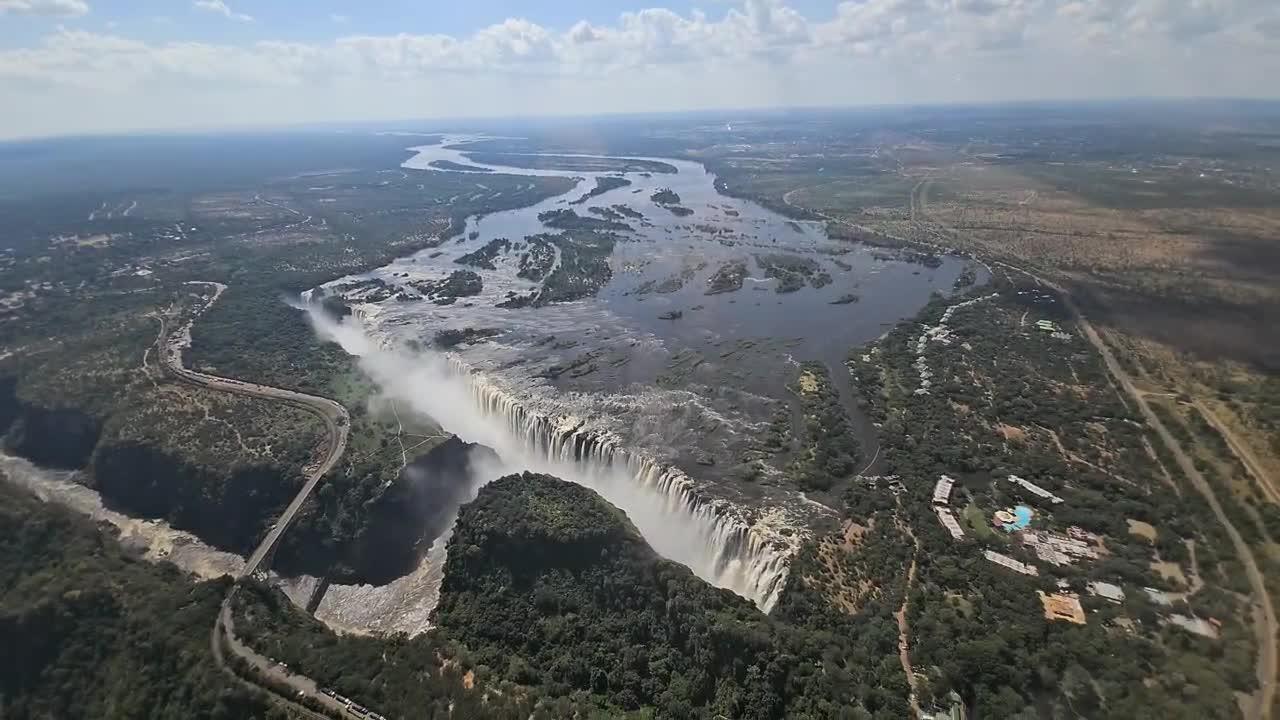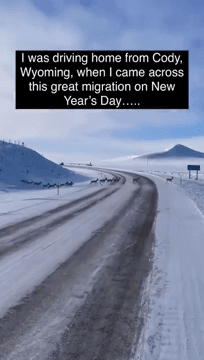
Alaska’s Mountain Goat Alaska’s other species of all-white, hoofed, large mammal is the mountain goat (Oreamnos americanus), inhabiting steep and broken mountain terrain from southeast Alaska to Prince William Sound and the Kenai Peninsula. Goats are found from near sea level to over 10,000 feet, and in Southcentral they are generally confined to the Chugach and Wrangell mountains, although their range extends into the Talkeetna Mountains, nearly to Denali National Park. Mountain goats have also been transplanted to Kodiak and Baranof islands where they have established secure populations. Billies are similar in appearance to nannies, with a large, stocky shape and an average weight of 200 pounds. They have gradual curving horns. Nannies are smaller in size and weigh approximately 160 pounds, with slender horns that curve sharply near the tip. Goats are relatively abundant throughout their Alaska range, particularly in southeast Alaska, but many goats live in areas that are beyond th
Post: 3 November 23:17

















